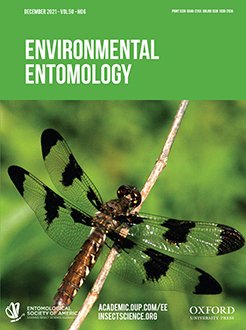A number of recent studies have demonstrated the potential for using blends of pheromones of cerambycid beetles to attract several species simultaneously. Here, we tested the effects of adding the pheromones of two invasive species, Trichoferus campestris (Faldermann) and Aromia bungii (Faldermann), on the attraction of native species to a generic blend of synthesized pheromones, in season-long field trials at 12 sites in Pennsylvania. Of the four species attracted in significant numbers, Megacyllene caryae (Gahan), Phymatodes amoenus (Say), and P. testaceus (L.) (all subfamily Cerambycinae) were not significantly affected by the addition of the T. campestris pheromone trichoferone and the A. bungii pheromone (E)-2-cis-6,7-epoxynonenal to the generic blend. In contrast, trap catches of Sternidius alpha (Say) (subfamily Lamiinae) were completely shut down by addition of the pheromones of the two exotic species. In addition, there was no indication that any native species were attracted to trichoferone or (E)-2-cis-6,7-epoxynonenal, suggesting that these pheromones are probably not used by species native to eastern North America.
How to translate text using browser tools
17 August 2021
Field Trials With Blends of Pheromones of Native and Invasive Cerambycid Beetle Species
Jocelyn G. Millar,
Yunfan Zou,
Lawrence Barringer,
Lawrence M. Hanks
ACCESS THE FULL ARTICLE
It is not available for individual sale.
This article is only available to subscribers.
It is not available for individual sale.
It is not available for individual sale.

Environmental Entomology
Vol. 50 • No. 6
December 2021
Vol. 50 • No. 6
December 2021
(E)-2-cis-6,7-epoxynonenal
aggregation-sex pheromone
invasive species
monitoring
trichoferone





